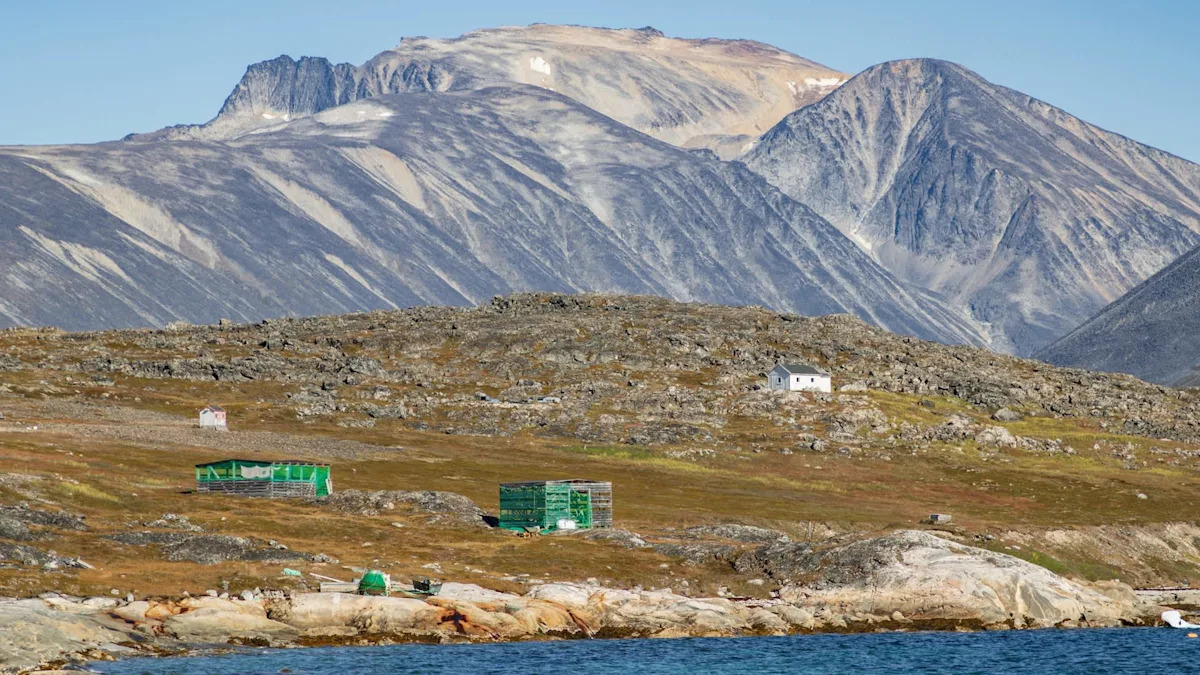Researchers were shocked to discover that a weather station at the top of the Greenland ice sheet had registered temperatures approaching the melting point in mid-July, according to MKweather.com.
With 8% of the world’s freshwater locked in its ice, the melting of the Greenland ice sheet would result in a cataclysmic 24 feet of sea level rise around the world, according to NASA.
What’s happening?
On July 13, the Summit Station in Greenland registered a high temperature of 30.92 degrees, frighteningly close to water’s melting point and only a few degrees below the station’s all-time record high, MKweather.com reported.
The measurement sparked concern among researchers, as liquid water speeds up the rate at which the ice sheet breaks apart and slides off into the ocean.
“Higher temperatures at summit can lead to increased surface melting, even at the ice sheet’s summit, which historically has remained cold enough to avoid major melt events,” explained Marek Kučera for MKweather.com.
Why does Greenland’s ice sheet matter?
Unlike Arctic sea ice, which does not directly contribute to sea level rise as it melts because it already is floating in the ocean, land ice does add to the total volume of the oceans as it slides into the sea. This causes water levels to rise around the world.
In the past 40 years, the Greenland ice sheet has lost about 20% of its total mass, a study by NASA found.
Rising seas increase flooding and displace coastal communities while contaminating agricultural lands and underground aquifers with saltwater, according to the Natural Resources Defense Council.
Coastal regions are vital for national economies and food supplies. In the U.S., coastal counties generate $9.5 trillion worth of goods and services annually, according to the Environmental Protection Agency. These activities sustain over 58 million jobs across numerous industries, from fishing and tourism to real estate and defense.
Rising tides place these jobs and economic activity at risk.
What’s being done about melting Arctic ice?
Due to an effect known as Arctic amplification, the Arctic region is warming faster than other parts of the globe. This is bad news for Greenland’s ice sheets.
In order to reverse the trends of rising temperatures and melting land ice, it is necessary to significantly reduce the amount of heat-trapping pollution entering the atmosphere.
While doing so will require international cooperation and large-scale collaborations between government and industry, there are still significant steps that can be taken at the local level.
For example, by driving an electric vehicle or installing solar panels on your home, you can do your part to help reduce planet-heating pollution.
Join our free newsletter for good news and useful tips, and don’t miss this cool list of easy ways to help yourself while helping the planet.

